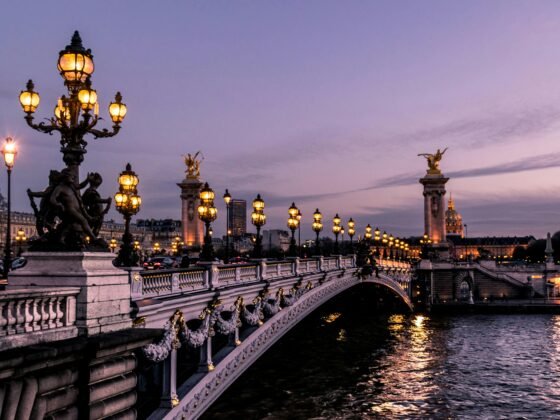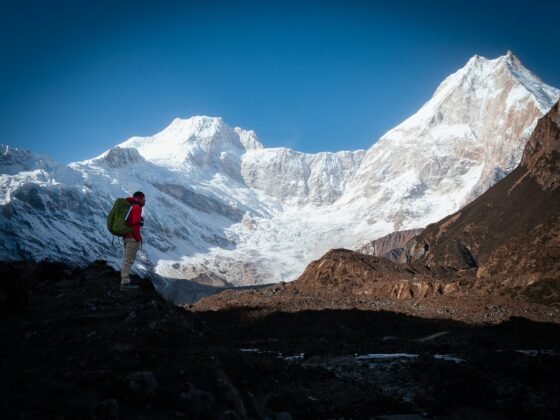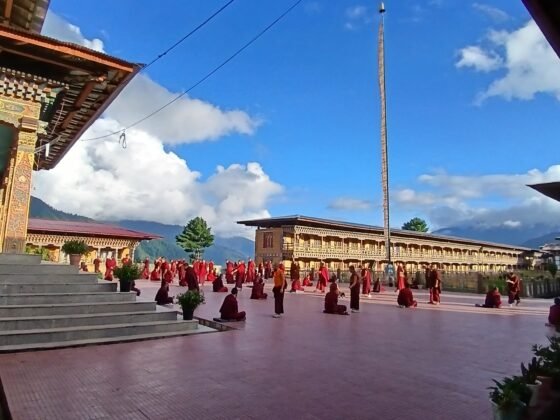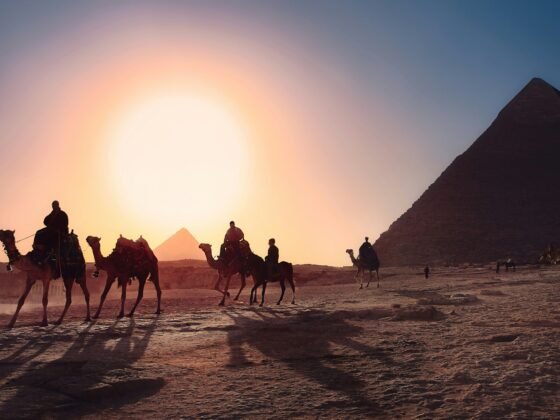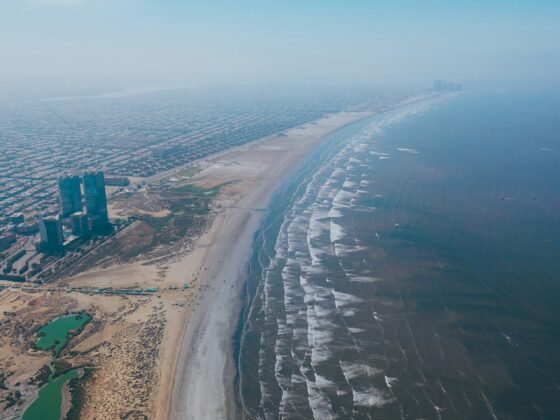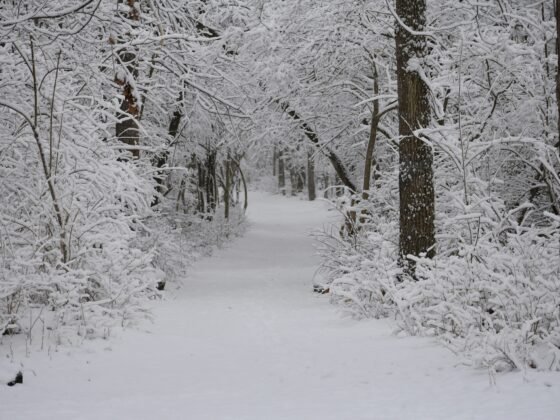Tourists are slowly are making their way back to Zimbabwe, reassured by the stabilising political and economic situation. Zimbabwe is a beautiful country in Southern Africa with impressive wildlife, local traditions, rich culture, fantastic landscapes, adventure activities and temperate climate.
Experience Victoria Falls up close
Victoria Falls is the largest waterfall in the world by size. The thundering waterfall has been a UNESCO World Heritage Site since 1989 and is over a mile wide and 354 feet (108 meters) high, producing up to 212,000 cubic feet a second of water flow. The waterfall is accessible from Zimbabwe by bus, though it sits on a no mans’ land of sorts between Zambia and Zimbabwe, tourists are allowed to view the falls with no problem. Activities in the waterfall area include a heart-racing bungee jumping opportunity that is not for the faint of heart. Thrill seekers jump around 365 feet from a bridge near the falls, bouncing up and down on the bungee cords.
Facts about Victoria Falls;
- It is the largest waterfall by volume in the world.
- It is officially known as The Victoria Falls or Mosi-oa-Tunya, the tribal name that means the Smoke that Thunders
- The average monthly flow in wet season is 105,944 cubic feet per second
- In dry season, that flow is down to 10,594 cubic feet
Visitors can also explore The Great Dyke, an amazing geological feature and the deserted Pungwe Falls, where tourists rarely venture, to witness the 243 meter high falls. History buffs should explore the Khami Ruins National Monument where important European and Chinese objects have been uncovered.
Discover Harare, the capital of Zimbabwe
Harare is the capital of Zimbabwe and the largest city in the country with almost 3,000,000 people living in its metropolitan area. Up until 1982, the city was known as Salisbury. There is plenty to do in the city, including parks, fine dining and some great shopping. Harare Gardens is the largest and most popular park in the city, and is known for its beautiful winding cement paths through all kinds of plants and water features. The city itself is large and vibrant with a wonderful and active culture and a thriving nightlife. All in all, there is plenty to do for any traveller looking for a good time.
Enjoy a Safari and Outdoor Adventure in Zimbabwe
Of course, what would a trip to Zimbabwe be without seeing some wildlife? There are a number of national parks throughout the country that allow tourists to get a once in a lifetime encounter with some of the region’s most famous animal inhabitants, such as the Mana Pools National Park where you can take a walking safari amongst lions and take a canoe safari on the Zambezi passing hippos and Nile crocodiles. The Mana Pools National Park, Sapi and Chewore Safari Areas are all designated UNESCO sites where elephants, buffalo, leopards and cheetahs can be spotted.
Visitors to one of Zimbabwe’s many national parks can expect to get face to face with several of the local animal species, including carnivores like lions, cheetahs, leopards, mongoose, and hyenas. Large herbivores roaming the national park area include giraffes, hippopotamuses, white rhinos, and African elephants. There are safari trips available that take travelers to a safe distance and allow them to photograph to their heart’s content. Safaris are available through a number of different companies, each with their own trip plans and expedition styles.
Explore the Chimanimani National Park in the Eastern highlands with a specialist guide, to truly get a feel of being off the beaten track. Or for a change of pace visit the Mutirikwe Lake and dam which is 300m long and where you can try fishing, yachting, power-boating and water skiing from the rocky beaches amidst the granite cliffs.
Formerly known as ‘Manchester’ the Vumba Botanical Gardens and Reserve are worth a visit for the 159 hectares of carefully landscaped gardens and lake. There are some amazing plants here such as azaleas, begonias, lilies, fuchsias, hydrangeas and aloes as well as many more species.
For a crystal clear diving experience visit the Mutorashanga Quarry, aka Ethel Mines which is a fantastic place to learn to dive. The quarry is 40 meters deep with various sunken objects but little in the way of plantlife and marine life. Twitchers will be impressed with the stunning birdlife found here such as the Angola Rock Thrush, various Woodpeckers, Flycatcher, Penduline Tit and Bat Hawk amongst many others.
Try fishing, canoeing and walking around the Lake Kariba which is so vast – 220km (140 m) long – that visitors stay for days onboard a houseboat, taking in a water safari.
Great Zimbabwe National Monument
Also a recognized World Heritage Site are the ruins of Great Zimbabwe, which is the capital of the great Queen of Sheba. The site spans 80 hectares and the ancient legend states that the civilisation ruled here from the 11th to 15th century. This site was also a key Middles Ages trading station.
Matobo Hills and National Park
The Matobo National Park and Matopos Hills features distinctive rock formations that are evident across much of Zimbabwe. This site contains natural shelters within the caves and boulder formations which provided shelter to people as far back as the early Stone Age period. The most amazing sight at Matobo Hills however are the incredibly intricate cave paintings on the rocks. The site is important locally for traditional, social and economic reasons.




